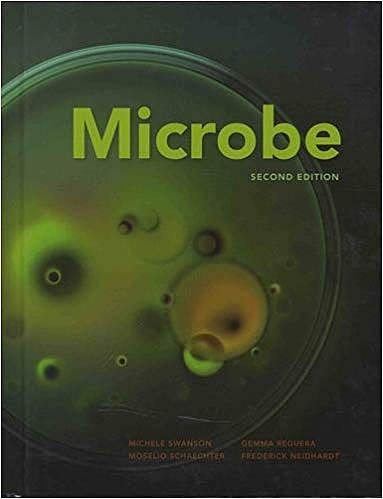
Microbe
Michele Swanson, Gemma Reguera, Moselio Schaechter, ... [et. al.]
2nd ed.
Washington, DC : ASM Press, cop. 2016
 |
Microbe Michele Swanson, Gemma Reguera, Moselio Schaechter, ... [et. al.] 2nd ed. Washington, DC : ASM Press, cop. 2016 |
35 termes
| Candidatus Actinomarinidae minuta [nom científic] |
|
| Cas system n. |
|
| c-cytochrome n. |
|
| Central Dogma of molecular biology n. |
|
| CheA sensor n. |
|
| CheB n. |
|
| chemical process n. |
|
| chemosensory array n. |
|
| CheZ n. |
|
| cholesterol-dependent cytolysin n. |
|
| chromosome condensation n. |
|
| Clostridium difficile [nom científic] |
|
| Clostridium perfringens [nom científic] |
|
| Coccidioides immitis [nom científic] |
|
| Collosphaera huxleyi [nom científic] |
|
| comammox n. |
|
| community-acquired MRSA n. |
|
| conductive pilus n. |
|
| core gene n. |
|
| Coxiella burnetti [nom científic] |
|
| cpn60 gene n. |
|
| CRISPR n. |
|
| cryo-electron microscope n. |
|
| cryo-electron microscopy n. |
|
| cryo-electron tomography n. (cryo-ET) |
|
| cryo-ET n. (cryo-electron tomography) |
|
| CTP n. (cytosine triphosphate) |
|
| CTX phage n. |
|
| cultivation-dependent method n. |
|
| cultivation-independent method n. |
|
| cut and paste mechanism n. |
|
| cyclic AMP receptor protein n. (CRP) |
|
| cyclic di-GMP n. |
|
| cyclic photosynthesis n. |
|
| cytosine triphosphate n. (CTP) |
|